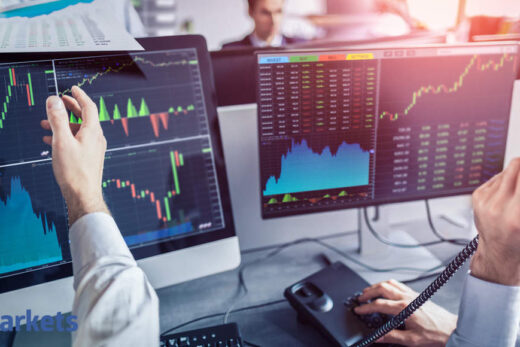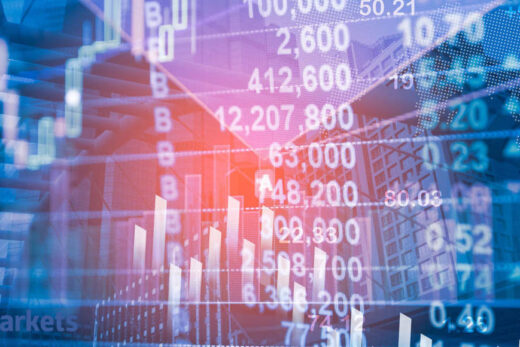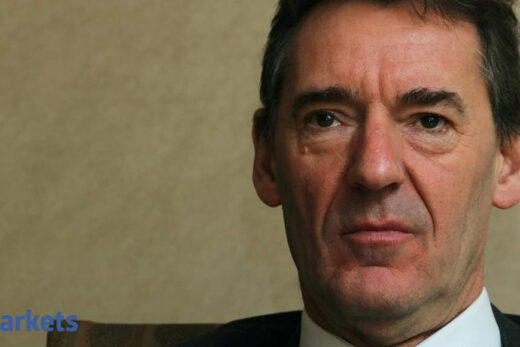Americans may be cutting back on gift spending but in the stock market, their profligacy knows no boundary.
A wave of buying that began two months ago shows no sign of abating, as soaring markets set records while stretching valuations and bullish sentiment. Investors sent $29.4 billion to US stocks in the week through Tuesday, the fifth-biggest inflow ever, according to data compiled by EPFR Global. Exchange-traded funds tracking equities, after luring $81 billion last month, have pulled in another $46 billion in December.
Retail flows have weathered stress all year. What can be said now is that nothing is happening to change that, including the resurgent coronavirus. Waves of money are landing on equities even as government stimulus for the economy dries up and a new package has yet to appear. Economic momentum is fading, with unemployment claims on the rise again as department-store sales dip. Animal spirits are unbowed, with investors riding momentum buoyed by the Federal Reserve’s pledge to keep rates low.
“There’s an element of ‘there is no alternative’ right now. If you are looking to allocate capital to generate return in 2021, it’s going to be challenging to do in cash or in fixed income,” said Matt Miskin, co-chief investment strategist at John Hancock Investment Management. “We are still seeing 800,000 plus weekly unemployment claims and the overall economy just isn’t matching what the equity market is showing as it relates to what is going on across the world today.”
 Bloomberg
BloombergAs has been true for months, euphoria is running highest among options traders, where the volume of contracts betting on stock losses fell to the lowest level since 2010 relative to options that bet on gains. Among the smallest options traders, some 54% of volume flowed into buying call options earlier this month, data compiled by SentimenTader show, a new record. All told, about 19 million calls have changed hands each day this quarter, poised for a record high, data compiled by Bloomberg show.
“If there’s one thing that brings optimism into the stock market, typically it’s higher stock prices,” said Keith Lerner, chief market strategist at SunTrust Private Wealth Management. “It’s not the other way around. We just had the best November since 1987.”
 Bloomberg
BloombergAfter a brief retreat in November, hedge funds that make both bullish and bearish equity bets are again gearing up to buy, pushing their long-short ratio to multi-year highs, according to data compiled by JPMorgan Chase & Co.’s prime-brokerage unit. As more money is put to work, the unspent cash sitting at retail brokerage accounts is shrinking. Cash as a percentage of assets at Charles Schwab Corp. clients last month fell by a full percentage point to 12.4%, the fastest drop in almost two years.
“Part of it is the classic FOMO — things are starting to look better, there is a vaccine on the way,” said Bill Callahan, investment strategist at Schroders. “People are coming back to the market and people want to get in at any price. They are seeing people around them making money and they want to be part of it.”
Bullishness tied to vaccines is feeding recoveries in lagging sectors like energy and industrials and pushing the broader market higher. Still, the rollout of the vaccine hasn’t been without hiccups, including a holdup in delivering 3,900 shots to two states and the announcement that Pfizer Inc. would deliver about 900,000 fewer doses. That as US hospitalizations hit a record and new business restrictions were enacted. On Friday, the S&P 500 stumbled as traders awaited signs of a stimulus deal.
“What it indicates is that there’s some caution or even an inability to consume right now,” said Stephen Dover, head of equities at Franklin Templeton. “The way that the economy has been stimulated through the reserve bank has had money flow into the markets rather than into consumption. That’s the pent-up demand that, if the virus subsides, could stimulate the economy to come back.”



